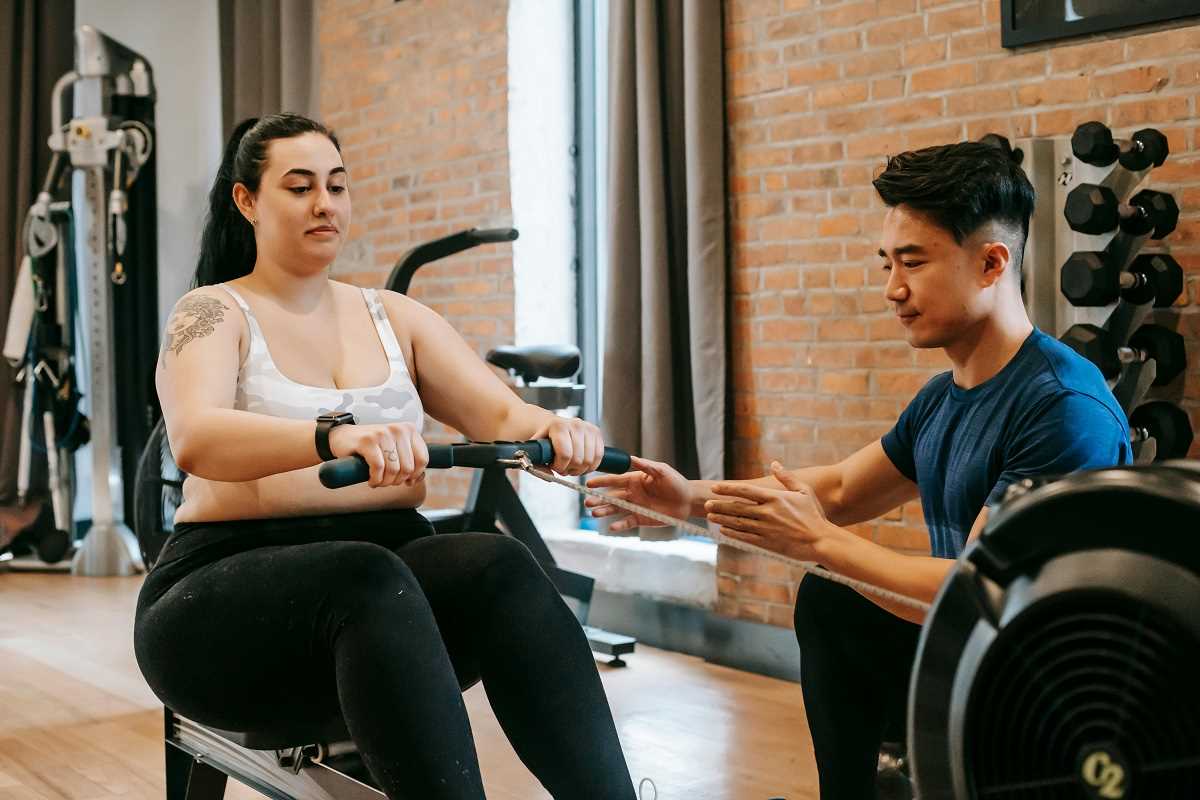You’ve probably heard the hype around high-intensity interval training, or HIIT for short. Maybe a sweaty friend swore by it after an early morning workout, or it popped up as a featured trend while scrolling through TikTok. You might have even seen the terms "calorie-torching" or "fat-burning" floating around. But what’s the real deal with HIIT? Is it all just fitness buzzwords, or is there science to back up the benefits?
Grab some water, roll out your yoga mat for imaginary burpees, and hang tight as we jump (pun intended) into why HIIT works and how you can incorporate it into your college grind.
What Exactly Is HIIT?
HIIT is all about alternating between short bursts of intense exercise and periods of recovery. The intense parts are typically done at close to your max effort, pushing your heart rate up quickly, while the recovery phases involve either complete rest or slower, easier movements. Sessions are usually quick, lasting anywhere from 10 to 30 minutes, but don’t be fooled by the timeline; these workouts pack a punch.
Picture this: you sprint as fast as you can for 30 seconds, then slow to a light jog or walk for a minute, repeating the cycle for about 15 minutes. That’s a HIIT workout in action. It’s straightforward, adaptable, and requires no fancy gym equipment (unless you count your playlist as equipment, which we totally support).
Why HIIT Stands Out
When it comes to working out, many people assume that results are tied to time. The longer you run, swim, or bike, the better, right? Not exactly. While steady-state cardio – think jogging at the same speed for 45 minutes – has its advantages, HIIT offers a time-efficient alternative that delivers big results. Here’s why it’s worth considering for both seasoned athletes and busy college students looking to optimize their sweat sessions.
1. Burn More Calories in Less Time
Here’s a little secret about your body after HIIT workouts: it doesn’t just switch off like a light bulb when you’re done. HIIT revs up your metabolism and keeps you burning calories long after you leave the gym. This phenomenon is called EPOC (excess post-exercise oxygen consumption), aka the "afterburn effect."
EPOC happens because your body needs extra oxygen to recover after intense workouts. This means your calorie burn continues even as you sit in a lecture or scroll Instagram. By comparison, traditional steady-state cardio burns fewer post-workout calories.
2. Improved Heart Health Without Monotony
Good news if you’re watching your heart health but can’t stand long jogs or repetitive treadmills! Studies show HIIT is excellent for improving cardiovascular fitness in a much shorter time frame.
By pushing your heart rate up during high-intensity intervals and then allowing it to recover, you’re training your heart to work more efficiently. Think of it like a strength workout for your most critical muscle. Plus, since HIIT involves bursts of variety, it’s far less boring than staring at the clock during a long-distance run.
3. Boosts Endurance and Explosive Strength
HIIT isn’t just about burning fat or getting faster on the track. It’s also a great way to build endurance and power. The high-intensity phases train your body to exert short bouts of maximum effort, while the rest periods teach you how to recover quickly. Whether you're playing intramural soccer or hustling across campus, those skills come in handy.
4. Works for Any Fitness Level
One of the best things about HIIT is that it’s super flexible. Everyone starts somewhere, and HIIT can scale to meet your fitness level. You can sprint, power walk, jump rope, or bike – the method doesn’t matter as long as you alternate between high-intensity and recovery periods.
Even better, you don’t need a gym membership, expensive equipment, or a boutique fitness class. A dorm room, backyard, or park is all the space you need.
The Science of Efficiency
Okay, time for a quick biology lesson (don’t worry, it’s easier than chem lab). HIIT shines because it taps into both aerobic and anaerobic energy systems.
- Aerobic System (Endurance): Your body uses oxygen to power moderate activities like jogging or cycling.
- Anaerobic System (Explosive Energy): For intense, short bursts like sprinting or burpees, your body pulls energy from stored carbohydrates without relying on oxygen.
HIIT toggles between these systems, leading to improved overall fitness. It also trains your body to clear lactic acid – the stuff that makes your muscles burn during exercise – more efficiently. The result? You can push harder for longer without getting gassed early.
How to Incorporate HIIT into Your Routine
Now that you know why HIIT is so effective, here’s how to make it work for your schedule. Whether you’re swamped with homework or looking to mix things up in your fitness routine, these steps can help.
1. Start Slow and Build Intensity
It can be tempting to go all in right away, but HIIT is intense by nature, so it’s smart to ease into it. Start with just 10 minutes a couple of times a week and gradually increase the duration or effort.
2. Pick a Timer
Timing is everything in HIIT. Use intervals like 30 seconds of work followed by 30 seconds of rest, or try 45 seconds of work with 15 seconds of recovery for a more advanced option. Free apps like Tabata Timer or Interval Timer make it easy to track intervals without constantly checking your phone.
3. Choose Exercises that Excite You
Love burpees? (Do those people exist?) Hate running? The beauty of HIIT is you can pick the exercises. Combine movements that align with your goals or target multiple muscle groups at once. Here are some ideas to get started:
- Bodyweight moves like jump squats, push-ups, or mountain climbers.
- Cardio bursts like sprints, cycling, or jumping jacks.
- Strength-focused options using kettlebells or dumbbells, incorporating movements like thrusters or weighted lunges.
4. Make It Social
Workouts are more fun with a buddy. Grab a roommate or teammate and challenge each other to push through one more interval. Better yet, turn it into a group activity to keep things competitive and social.
5. Prioritize Recovery Days
HIIT is tough, so it’s essential to rest and recover properly. Overtraining can lead to burnout or injury, which will throw your fitness progress off track. Listen to your body and balance HIIT with lighter movement like yoga, walking, or stretching.
The HIIT Myths You Should Ignore
No article about HIIT would be complete without busting a couple of myths.
- Mh #1: You’ll get 6-pack abs just from doing HIIT.
The reality: While HIIT is great for fat loss, visible abs depend on your overall body composition and diet.
- Mh #2: HIIT is only for young, fit people.
The reality: People of all fitness levels can benefit from HIIT. The key is modifying workouts to suit your abilities.
- Mh #3: You have to feel like you're dying for it to work.
The reality: Pushing yourself is part of HIIT, but you don’t have to go 100% all the time. Consistency and form matter more than sheer exhaustion.
High-intensity interval training is as real as it gets. Backed by science and praised by athletes and fitness pros worldwide, it’s an efficient way to build strength, burn calories, and boost your overall fitness – all while fitting into tight schedules.
 (Image via
(Image via





